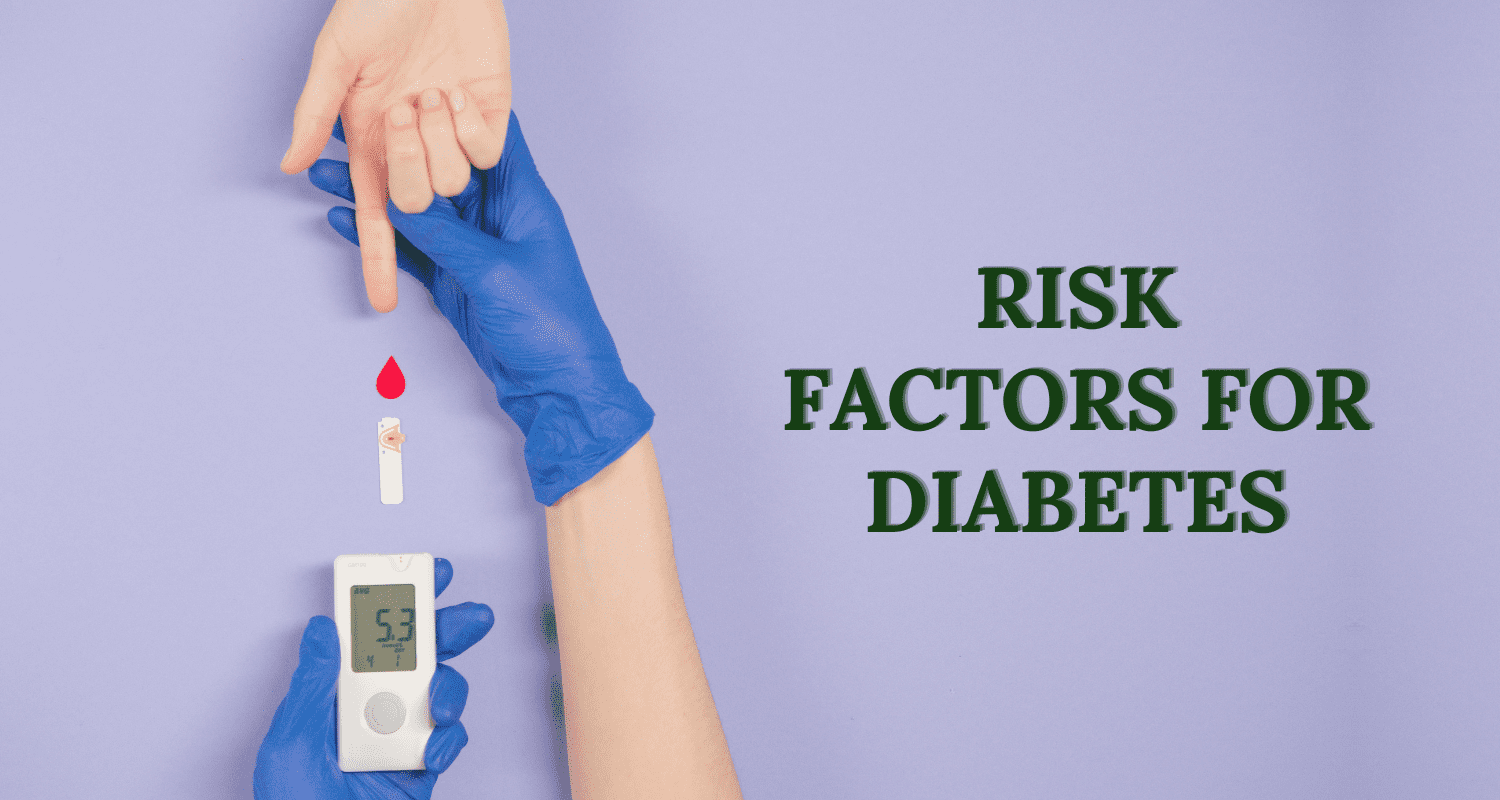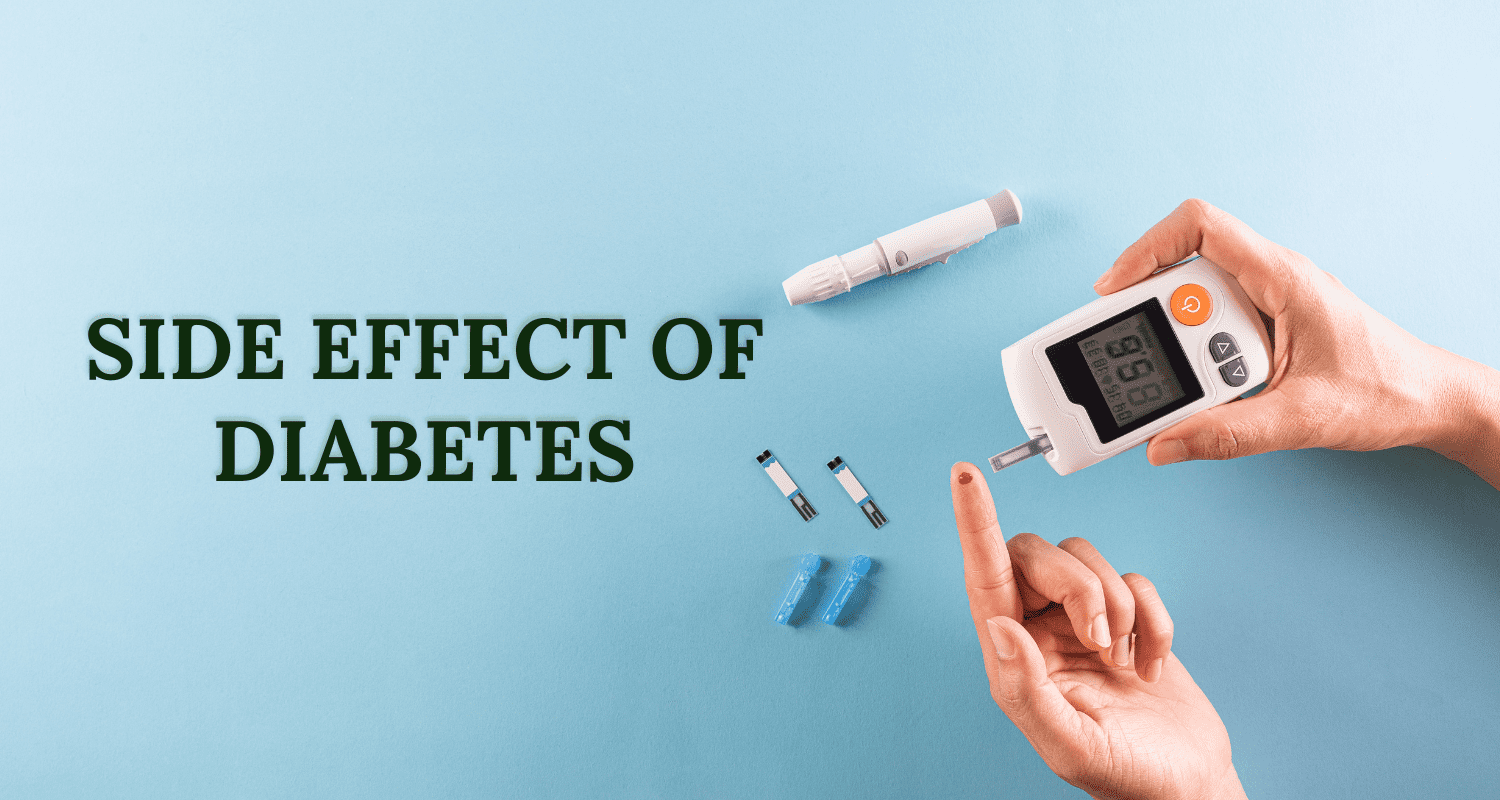Diabetes isn’t rare; many people of all ages have it. There are multiple forms, each needing a specific way of management. While some know about Type 1 and Type 2, there are more types not as familiar.
Let’s look deeper into diabetes. We’ll cover how many types of diabetes are there, the causes, and how to treat it. Learning about these various forms helps us spot the signs early. This way, we can get the right help and handle it well.
Let’s delve into how many types of diabetes are there.
Key Takeaways:
- Diabetes is a common condition that affects people of all ages.
- How many types of diabetes are there? The most common types of diabetes are Type 1, Type 2, and gestational diabetes.
- There are also other less common types such as monogenic diabetes, cystic fibrosis-related diabetes, and diabetes caused by rare syndromes.
- Understanding the different types of diabetes is crucial for proper diagnosis, treatment, and prevention.
- Working closely with healthcare professionals is important to effectively manage diabetes and prevent complications.
Type 1 Diabetes
Type 1 diabetes, also called diabetes mellitus, happens when the body can’t make insulin. Insulin regulates blood sugar levels. It mostly starts in kids or young adults and needs insulin for life. Those with type 1 diabetes use insulin shots or pumps to manage their blood sugar.
Managing type 1 diabetes includes using insulin, eating healthy, and being active. It’s important to check blood sugar often to avoid high or low levels. This can cause serious issues like diabetic ketoacidosis.
People with type 1 need to watch what they eat and stay active. This helps keep their blood sugar stable. They also must regularly monitor their blood sugar, take insulin, and visit doctors to manage the disease well.
Type 2 Diabetes
Type 2 diabetes is the most common kind of diabetes. It includes insulin resistance. This means the body’s cells don’t use insulin well. Insulin is key in keeping blood sugar levels right. With this condition, blood sugar levels can get too high, causing hyperglycemia.
Many things can lead to type 2 diabetes. Not choosing a healthy lifestyle is a big part. This involves eating poorly, not moving enough, and being overweight. A diet full of processed foods, sugary drinks, and bad fats is risky. So is carrying extra weight. Your genes and family history also matter.
Changing how you live is often the first treatment for type 2 diabetes. This means eating a balanced diet. Focus on fiber, whole grains, and veggies. Cut back on sugars and bad fats. Regular exercise is just as important. It makes your body better at using insulin and helps you manage your weight.
If changing your lifestyle isn’t enough, your doctor might start you on medicine. There are different types of pills for diabetes, like metformin. These help control your blood sugar. Sometimes, you might need insulin to stay healthy.
Things to Remember:
1. Type 2 diabetes is characterized by insulin resistance.
2. Risk factors include a poor diet, lack of exercise, and obesity.
3. The first line of treatment is often lifestyle changes.
4. If needed, medication or insulin can be used to help manage the condition.
Gestational Diabetes
Gestational diabetes happens during pregnancy and usually goes away after birth. It is when blood sugar levels are high in women who never had diabetes before. About 2-10% of pregnant women in the U.S. get this each year.
When a woman is pregnant, the placenta makes hormones. These can make the body not use insulin well. Insulin helps lower blood sugar. With gestational diabetes, the body can’t make enough insulin to lower the blood sugar.
Dealing with gestational diabetes is key because it can cause issues for both the mother and the baby. If it’s not handled well, it can lead to high blood pressure in the mother, early birth, and a higher chance of needing a cesarean. The baby might also be bigger than normal, which can cause problems during birth.
Treatment might include eating healthy, staying active, and sometimes taking medicine or insulin. Keeping track of blood sugar and visiting the doctor regularly is important. This looks after both the mother and the baby’s health.
Moms who have gestational diabetes are more likely to get type 2 diabetes later. They should stay healthy even after giving birth. This helps lower the risk of getting diabetes in the future.
In short, gestational diabetes is a type that shows up in pregnancy but goes away later. It makes blood sugar levels too high and can be risky for both the mom and the baby. Managing it well with changes in lifestyle and medicine is key for a healthy pregnancy and to prevent future problems.
Other Types of Diabetes
Aside from type 1, type 2, and gestational diabetes, there are also rarer forms to know about. These include monogenic diabetes, cystic fibrosis-related diabetes, and those linked to rare syndromes. They show us that diabetes comes in different types, each needing a unique approach.
Monogenic Diabetes
Monogenic diabetes is from a mutation in one gene. It’s not common, making up a small part of all diabetes cases. People with this type might have others in their family who also have it. They need special medications based on their genes to help manage it.
Cystic Fibrosis-Related Diabetes
If you have cystic fibrosis, you could also get diabetes. This kind is a mix of type 1 and type 2 diabetes. It’s known for not having enough insulin and not using what it has properly. People manage it by clearing their airways, taking certain drugs, and possibly using insulin.
Diabetes Caused by Rare Syndromes
Diabetes can be part of rare genetic disorders or syndromes. These conditions can harm different organs, leading to diabetes. Dealing with this kind of diabetes needs a team effort. They work on the underlying genetic problem and manage insulin levels.
While these types of diabetes are uncommon, they underline how diverse diabetes can be. They also stress the need for doctors to identify the cause and the right type of diabetes. This leads to better, personalized treatment for patients.
Complications of Untreated Diabetes
Untreated diabetes can harm you more than you know. High blood sugar levels mess with your body’s key parts. Managing diabetes well is key to avoiding these problems.
Not controlling diabetes can hurt your heart, kidneys, eyes, and nerves. It makes heart disease, kidney damage, bad eyesight, and nerve problems more likely. It’s a serious threat to your health.
Ketoacidosis is a risky issue of untreated diabetes. It happens when your body uses fat instead of glucose, making ketones build up. If not treated, it can bring coma or death. Watch out for big thirst, nausea, vomiting, and odd breath – seek help fast.
Complications of Untreated Diabetes:
- Damage to vital organs like the heart, kidneys, eyes, and nerves.
- Higher chances of heart disease, kidney issues, vision troubles, and nerve damage.
- Dangerous ketoacidosis, noted for high ketones in the body.
- Risking coma or death if ketoacidosis isn’t treated right away.
Managing diabetes effectively is crucial to stay healthy. This means keeping blood sugar in check, eating right, moving more, taking meds, and regular tests.
In the end, untreated diabetes can scar your health. It can damage your organs, lead to ketoacidosis, and threaten your life. But, by managing diabetes well and teaming up with your doctor, you can dodge these dangers and live better.
Similar Symptoms of Type 1 and Type 2 Diabetes
Type 1 and type 2 diabetes share many symptoms. Both can make you feel very thirsty and hungry. They might also make you tired, and cause blurry vision, and irritability. If you find yourself needing to pee a lot and have frequent headaches, you should pay attention.
But, each type has its own set of symptoms too. Type 2 diabetics may notice some extra signs.
These signs might be:
- Frequent infections
- Poor wound healing
- Numbness or tingling in the hands or feet
- Problems with gums
- Itching
- Problems with sexual function
If you notice any of these, seeing a doctor is crucial. They can provide the right diagnosis and treatment. Remember, catching and managing diabetes early is key to staying healthy. It can prevent further issues and better your health.
Causes of Type 1 and Type 2 Diabetes
Type 1 and type 2 diabetes have different causes that lead to their development.
Autoimmune Disorder: Type 1 Diabetes
In type 1 diabetes, the body’s immune system attacks the insulin-making cells in the pancreas. Insulin is needed to lower blood sugar levels. This attack causes less or no insulin to be made. The exact reason for this immune system issue is not fully understood. But, scientists think a mix of things like genes, the environment, and lifestyle choices are involved.
Some viruses, like enteroviruses, might make type 1 diabetes more likely. Certain foods and some chemicals could also set off the immune response in certain people.
Insulin Resistance: Type 2 Diabetes
Type 2 diabetes comes from the body not using insulin well, called insulin resistance. This is linked to being overweight, eating poorly, and not being active enough. When your body has too much fat, especially around your stomach, it can affect how insulin works.
This makes the body make more insulin to try to lower blood sugar. But, after a while, the body can’t make enough insulin. This leads to type 2 diabetes.
Type 1 and type 2 diabetes have different main causes. Type 1 is largely an autoimmune issue, while type 2 is mostly due to insulin resistance. But, things like genes, infections, what we’re exposed to in the environment, and lifestyle choices can still have a big impact. Knowing how many types of diabetes are there and what causes diabetes helps with how we can prevent, manage, and treat it.
Conclusion
How many types of diabetes are there? Understanding diabetes is key for those wanting to manage their condition. There are several types – type 1, type 2, gestational, and rare forms. Each type is unique in its causes and treatment.
People with diabetes need to work closely with their healthcare team and understand how many types of diabetes are there and the causes for precautions. This ensures they get the right diagnosis, treatment, and support. By actively managing their condition, they can lower the risk of complications and stay healthy.
With the right knowledge of diabetes and how many types of diabetes are there and support, those with diabetes can live full lives. They can control their blood sugar levels through medication, lifestyle changes, or insulin. Being informed and proactive is important. It helps people take control of their diabetes and enjoy life.
FAQs
How many types of diabetes are there?
There are mainly three types of diabetes: Type 1, Type 2, and gestational diabetes.
What is Type 1 and Type 2 diabetes?
Type 1 diabetes occurs when the body doesn’t produce insulin, while Type 2 diabetes results from insulin resistance or insufficient insulin production.
What is Type 4 diabetes called?
Type 4 diabetes is often referred to as gestational diabetes, which occurs during pregnancy.
Is there a type 3 diabetes?
Type 3 diabetes is a term sometimes used to describe the link between insulin resistance in the brain and Alzheimer’s disease.
What is Type 20 diabetes?
There is no recognized Type 20 diabetes. The classification usually includes Type 1, Type 2, and gestational diabetes.
Is Type 2 diabetes curable?
Type 2 diabetes can be managed and controlled through lifestyle changes, but it is generally considered chronic and not curable.
Is Type 1 diabetes bad or Type 2?
Both Type 1 and Type 2 diabetes can have serious health implications if not managed properly. They require diligent management and care to prevent complications.
Disclaimer: This content, including advice, provides generic information only. It is not a substitute for a qualified medical opinion. Always consult a specialist or your doctor for more information. Nutrition Cult does not claim responsibility for this information.




